Iona’s experience at our South Africa Big 5 Conservation project
Volunteer Experiences / 23 May 2018
Our Big 5 Conservation project, based one hour away the city of Pretoria, is almost like an oasis within the South African capital. Providing important research on the animals and plant life that call this reserve home, the project aims to maintain a balance between wildlife and human co-existence which is now seen as the future of conservation in South Africa.
The 18,500 hectare reserve, which is home to the Big 5 (lion, leopard, buffalo, rhino and elephant), is the first free roaming Big 5 game reserve next to an urbanised area in South Africa. It is incredible that it is also the first inclusive reserve which has humans co-existing with wildlife close to an urban area!
Research into how the reserve and its wildlife can be managed is so important to the running of a successful game reserve and the work carried out by the team is the only source of data for the entire reserve. This means that the work carried out needs as many hands on deck as possible! Although the reserve employs a local team of staff, volunteers are able to help with the extensive data collection required and this additional help means that more accurate data and wider samples can be collected.
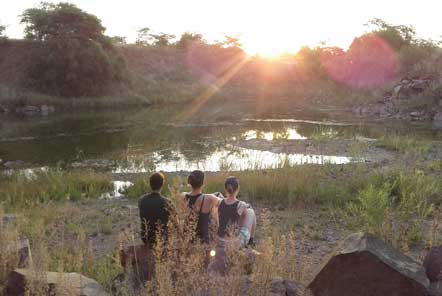
On her trip to South Africa, Iona from the Pod Volunteer UK office team visited the Big 5 Conservation project and gives insight into what volunteering here is like.
"After driving through the game reserve on where the project is based – spotting plenty of impala, wildebeest and zebra - I arrived at the camp in the late afternoon. Although we had missed the heat of the midday sun, temperatures were still high! After meeting the other volunteers and dropping off my backpack, we quickly jumped on to the back of a Bucky and made our way through the camp gates and into the reserve.
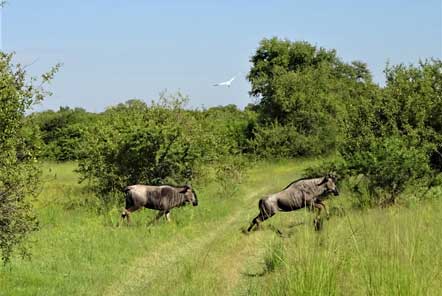
My first game drive revealed that although we were based near urban areas, the vast seas of tall grass and green trees could easily lead you to forget this. Amongst the abundance of foliage, animals began to make their way out from their protection from the afternoon sun – our first close encounter was with a group of giraffes who were slowly moving from one grazing spot to another.
On our drive, volunteers would take the time to practice their identification skills – this group had been here for just over a week and their ability to recognise different types of birds and identify the genders of wildebeest was very impressive!
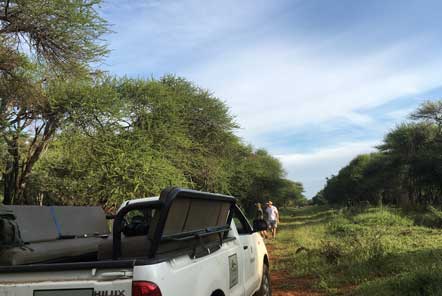
Although this was my first official game drive, we were lucky enough to spot a black rhino – fortunately, there was a fair distance between us and him as they are notoriously aggressive! However, our volunteer coordinators informed us that the rarest spot of the drive was a bush pig – neither of them had ever seen one in the day time!
My drive showed me how important spending time out on the reserve is – the team spotted a young wildebeest who had been caught in a snare and observed his behaviour and thankfully, it looked like he was recovering well from his injuries.
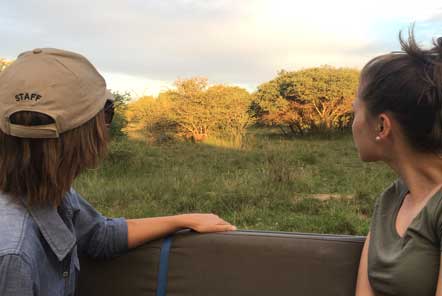
My next day introduced me to how volunteers and the local team contribute towards managing the reserve, effectively protecting animals from both the threats of poachers and environmental injuries. We were going to take down a large stretch of old fencing which was a threat for animals – they could easily get caught in it or poachers could use the old wires as snares. On our drive to the area we would be working in, our volunteer coordinators demonstrated their abilities to spot even the most camouflaged animals; with a dramatic screech to a halt, we narrowly missed hitting a baby terrapin who was enjoying a dip in a muddy puddle.
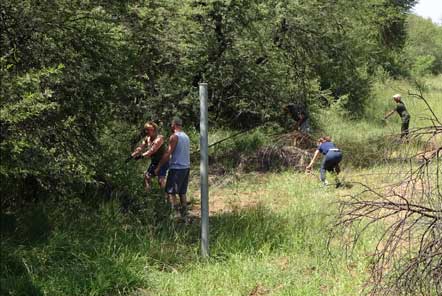
We were working in the early morning, it quickly became obvious as to why! By 10.30am, temperatures were soaring! Our job consisted of cutting wires from supporting poles, rolling them up and gathering them into the Bucky – it was hard work but very rewarding and we achieved a lot in the three hours we were working. After taking a break to have some water, we had a leisurely drive back to camp with our volunteer coordinators taking time to stop and point out any animal and bird sightings on the way.
My favourite spot was the family of hippos cooling off in the lake. The dominant male made sure to let us know to keep our distance through a series of very loud grunts and he even jumped out of the water to show us who was in charge!
In the evening, we all cooked a big meal together and it felt like I had been part of the group for weeks! When living in a camp environment, you get to know each other quickly and being away from the usual routines of everyday life was really special. I can't wait to spend some more time here in the future!
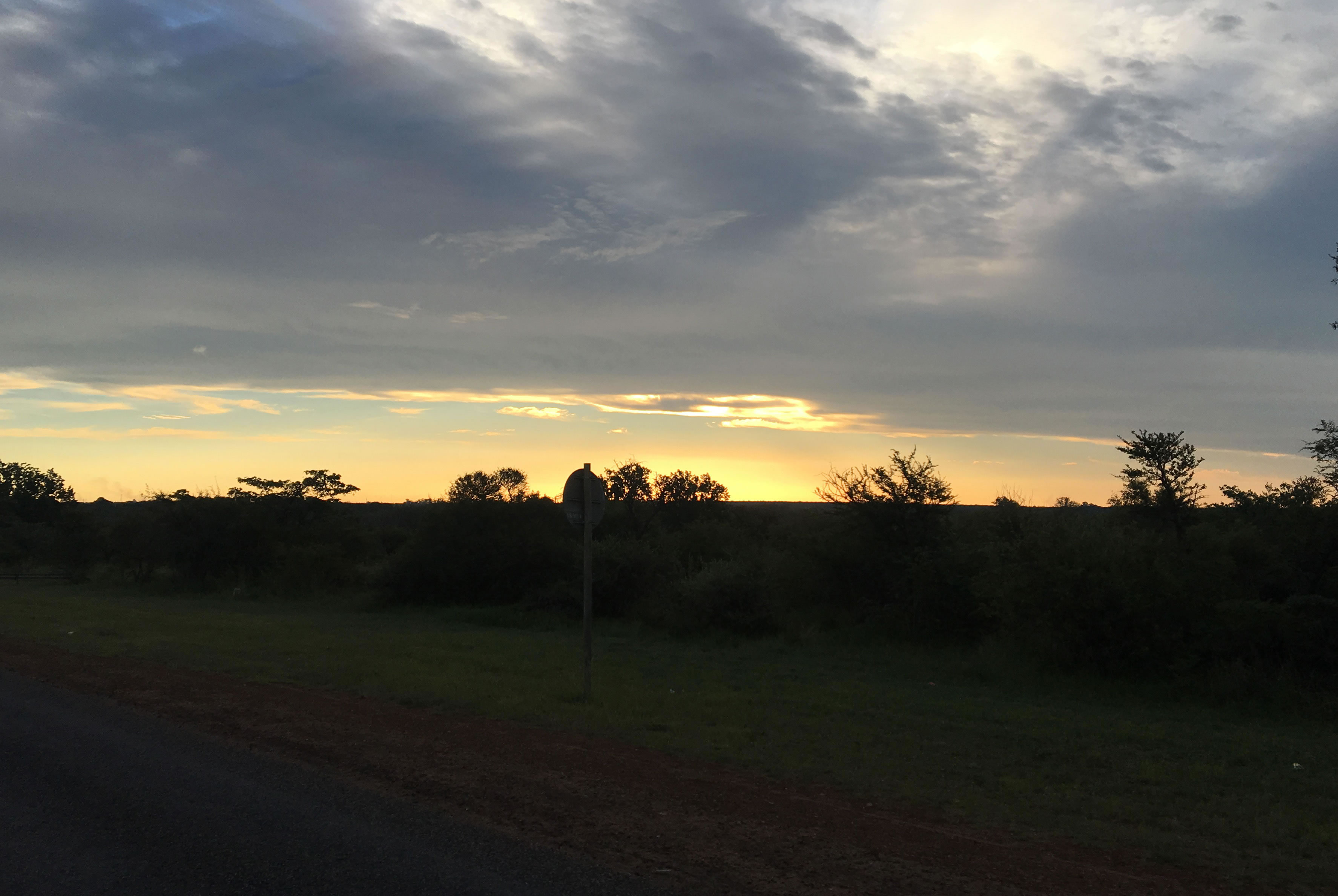
The Big 5 Conservation project is a truly exciting team to be a part of – from my time here, I saw so many fascinating animals and got a pretty incredible introduction into what life is like on a game reserve."
You can find out more about this project and how you can join the team here: https://www.podvolunteer.org/projects/big-5-conservation







